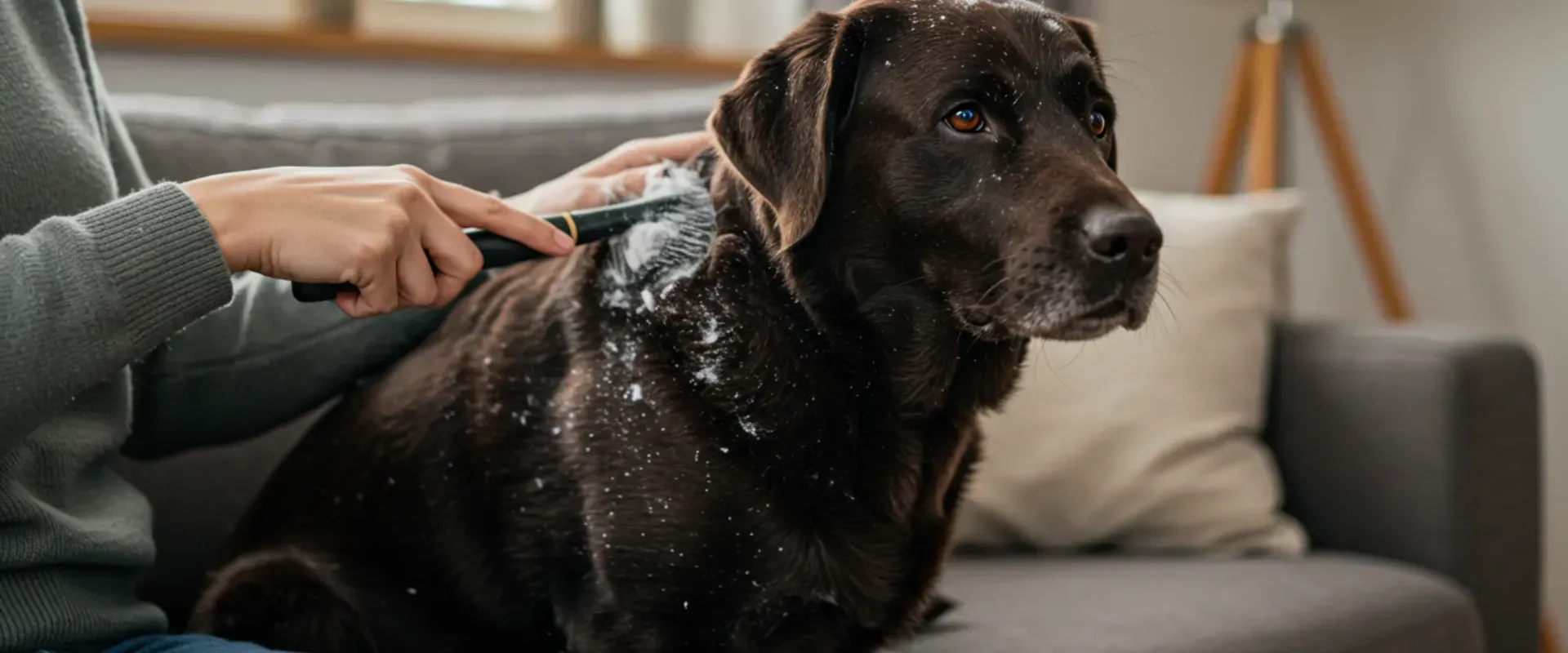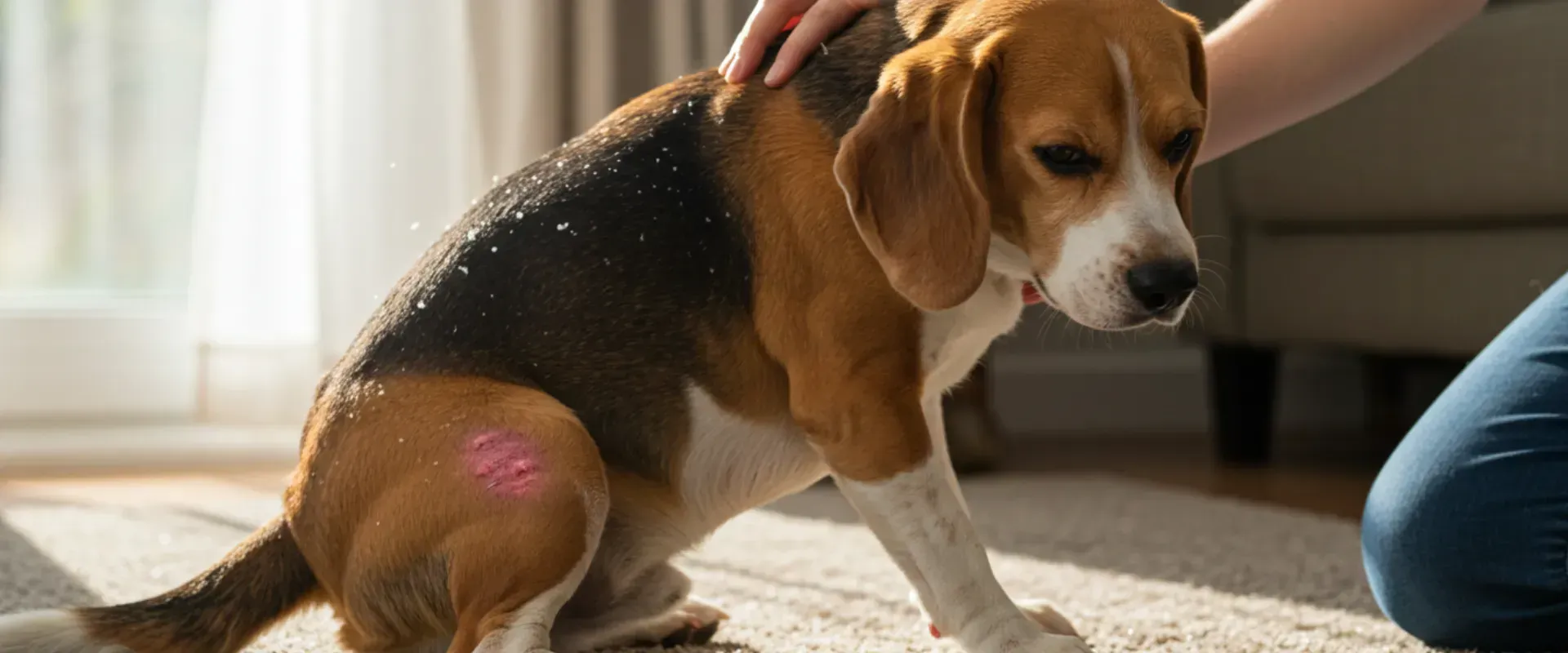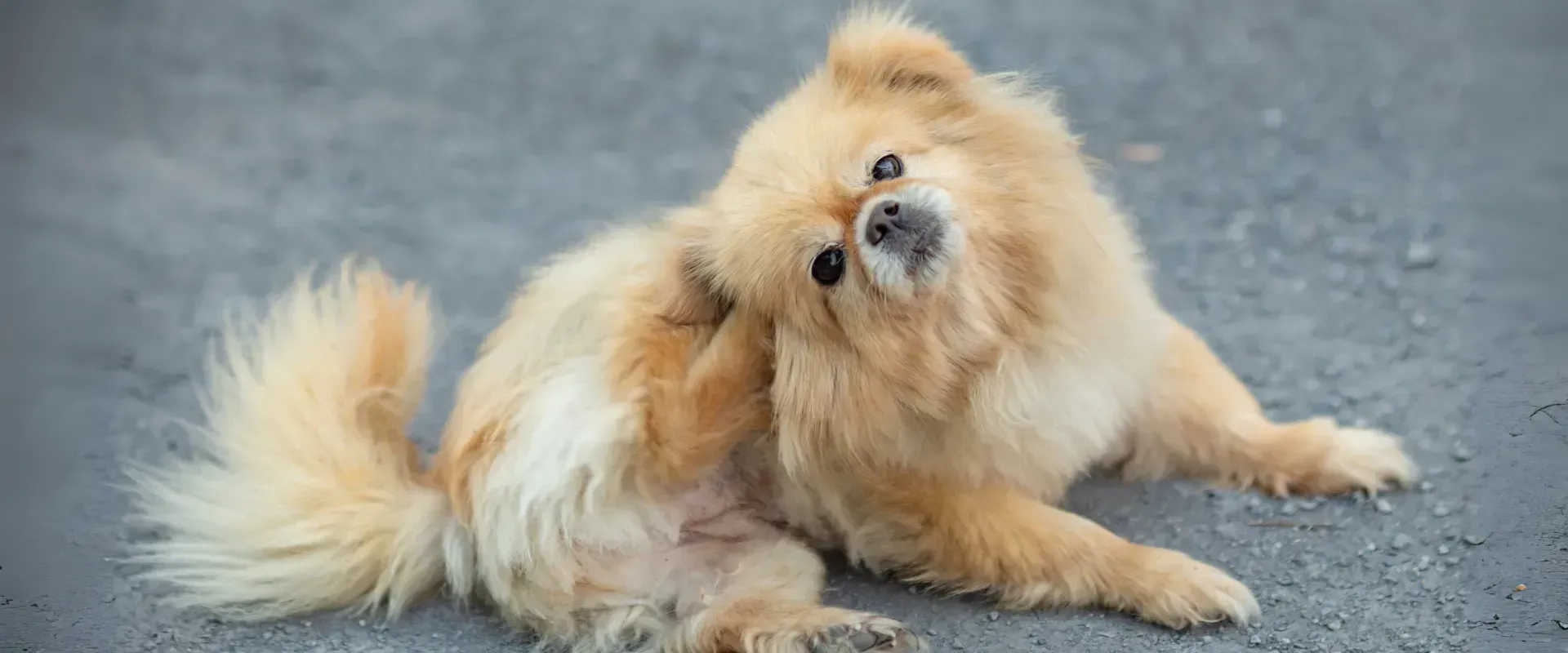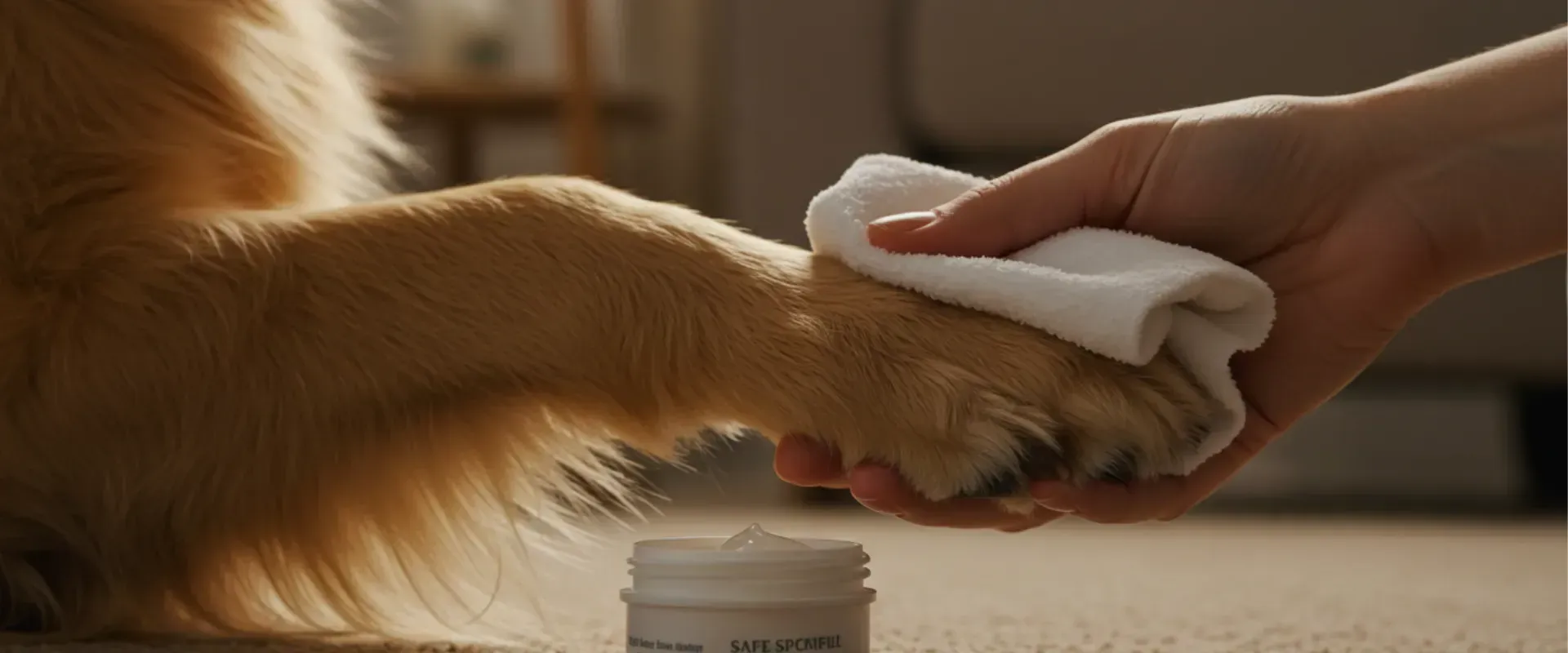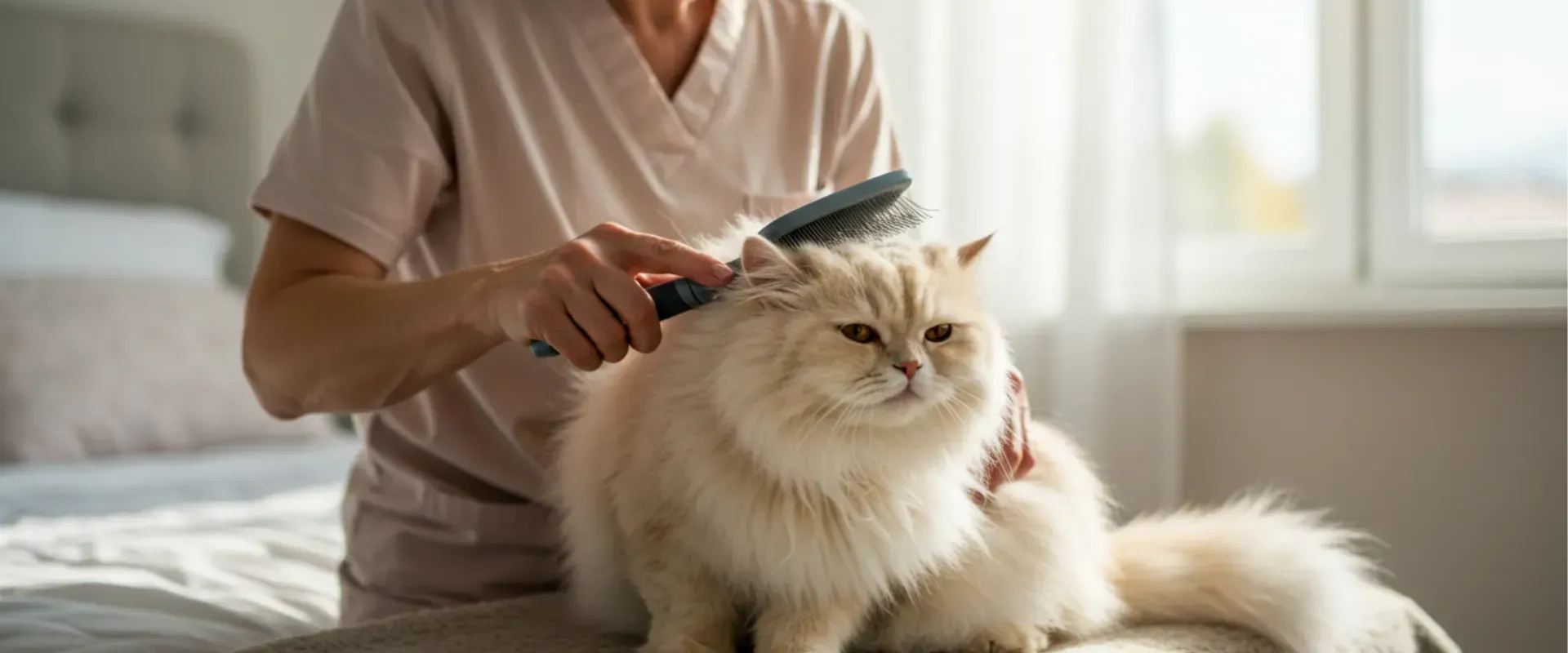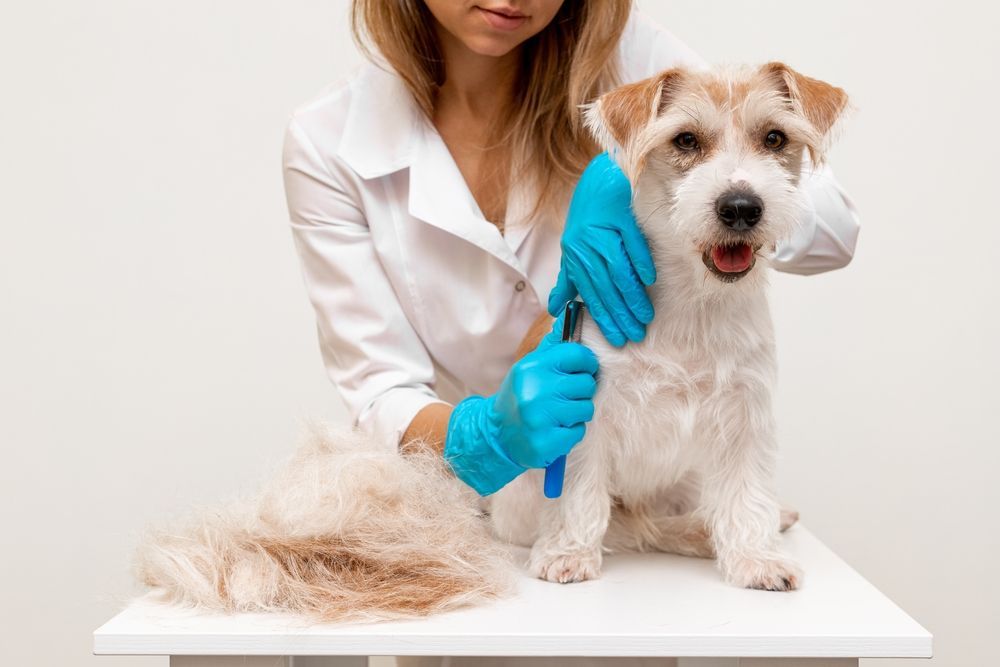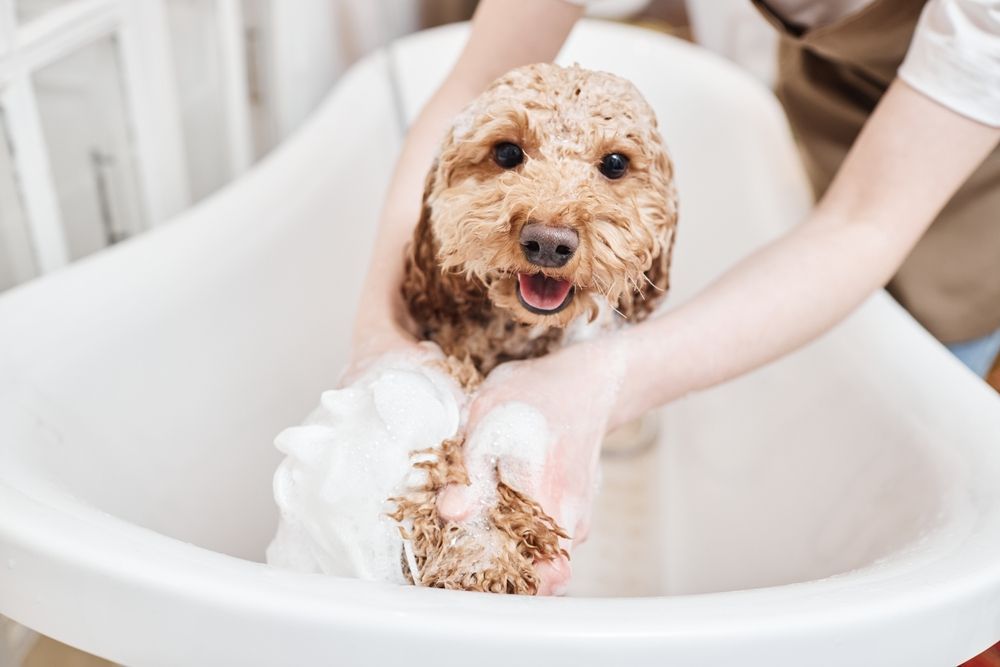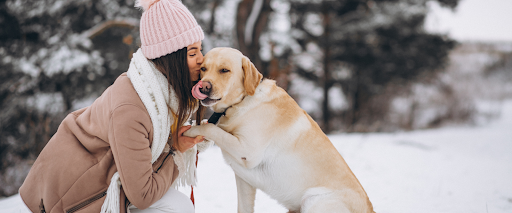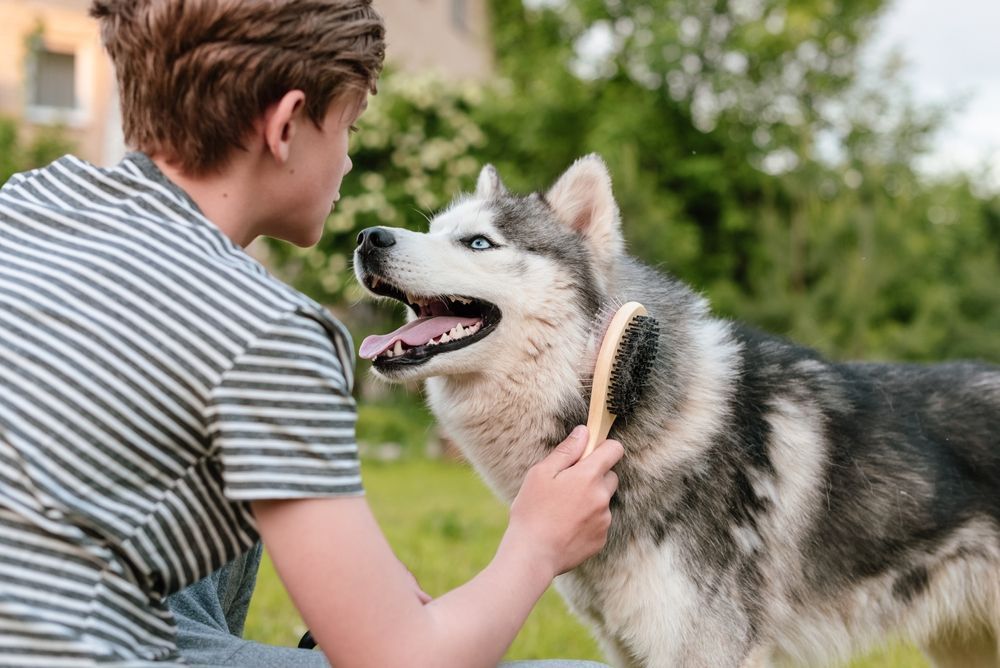How to Stop Dog Shedding and Protect Your Home
Every pet owner has to deal with dog shedding at some point, but you don't have to live with a lot of fur around your home all the time. You can't stop shedding completely, but you can make it a lot less by using the appropriate methods and sticking to a regular care routine.
Happy Hounds Mobile Pet Grooming has worked with countless pet owners throughout Central Pennsylvania to tackle even the most challenging shedding situations. The most important thing is to know why dogs shed and how to stop dog shedding or to use tried-and-true shedding solutions that work for both you and your dog.
Understanding Why Dogs Shed
Before exploring how to stop dog shedding, it's important to understand this natural process. People lose hair every day; dogs shed their fur as part of their normal growth cycle. There are a number of things that affect how shedding happens:
- Breed characteristics: Dogs with two coats, including Golden Retrievers, German Shepherds, and Huskies, naturally shed more than dogs with only one coat. Poodles and Bichon Frises are two examples of low-shedding dog breeds.
- Seasonal changes: Changes in the weather cause dogs to shed more, usually in the spring and fall when they "blow their coat" to get ready for the colder weather. At certain times, you might see a lot more fur around your house.
- Health conditions: Health problems can make you lose more hair than usual. Stress, bad diet, allergies, and skin problems can all cause more fur to fall out. If your dog's shedding patterns alter suddenly, you should see a vet.
Essential Dog Grooming Tips to Reduce Shedding
Regular grooming is the most important part of any approach to control shedding solutions. These are the essential dog grooming tips to reduce shedding:
- Brush Daily for Best Results
The most effective way to manage shedding is consistent brushing. Daily brushing removes loose fur before it ends up on your furniture and floors. Use the right brush for your dog's coat type:
- Slicker brushes work effectively on most types of coats and assist in getting rid of loose undercoat.
- Undercoat rakes are essential for double-coated breeds during shedding season.
- Bristle brushes are gentle enough for short-haired dogs and finishing touches.
If your dog isn't used to being brushed, start with short sessions. A lot of dogs learn to like the attention and bonding time that comes with getting brushed regularly.
- Use De-shedding Tools Properly
When used appropriately, specialized de-shedding tools can cut down on a lot of stray hairs. These tools are made to get to the undercoat without cutting the topcoat. Follow the manufacturer's directions to avoid brushing too much. Use them once or twice a week.
Pay close attention to places where the fur tends to mat, like behind the ears, beneath the legs, and around the tail. These places often catch wayward fur that will wind up all over your house.
- Maintain a Regular Bathing Schedule
Dogs who are clean tend to shed less than dogs that are unclean. Too much dirt and oil on the skin can make it itchy and produce too much shedding. Every four to six weeks, give your dog a bath using a good dog shampoo that is made for their coat type.
Use lukewarm water and rinse all the shampoo out of the coat well while you are bathing. Soap residue left on the skin can make it itchy and promote further shedding. During times of heavy shedding, think about using a shampoo that helps get rid of hair.
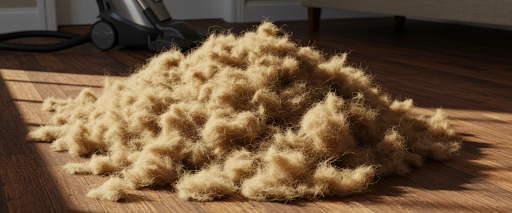
Professional Shedding Solutions
While home care is important, professional grooming provides deeper solutions for managing excessive shedding. Professional groomers have specialized tools and techniques that go beyond what most pet owners can achieve at home.
- Professional De-shedding Treatments
Home care is necessary, but professional grooming can help with excessive shedding in a more thorough way. Groomers who work for a living have particular tools and methods that most pet owners can't use at home.
Professional groomers utilize high-speed dryers that are very good at getting rid of loose hairs that ordinary brushing might not get. These strong tools blow air through the coat, pushing away dead hair so it doesn't fall out naturally around the house.
A lot of grooming firms have packages that are made just for dogs that shed a lot. These usually include:
- Baths that clean deeply and shampoos that get rid of shedding
- Brushing well with tools made for professionals
- Blow-drying at high speed to get rid of loose fur
- Trimming nails and cleaning ears are good for your health.
Regular professional grooming every 6-8 weeks can significantly reduce the amount of fur you find around your home between sessions.
Nutrition and Health Factors
What you give your dog to eat has a direct effect on the health of their coat and how much they shed. Too much shedding, dry skin, and a dull coat are all signs of poor nutrition.
Dogs need proper nutrition to maintain healthy skin and coats. Look for foods with:
- High-quality protein sources as the first ingredient
- Omega-3 and omega-6 fatty acids for coat health
- Vitamins A, E, and biotin for skin support
- Minimal fillers and artificial additives
Cheap dog foods typically don't have the vitamins and minerals that dogs need to keep their coats healthy, which might make them shed more and have skin problems.
- Consider Supplements
Supplements can help if your dog's diet doesn't give them enough nutrients for a healthy coat. Fish oil supplements that are high in omega-3 fatty acids are especially good for keeping your dog's hair glossy and stopping it from shedding.
Before giving your dog any vitamins, you should always talk to your vet. This is especially important if your dog is already sick or taking medicine.
- Stay Hydrated
Drinking enough water helps keep your skin and coat healthy from the inside out. Make sure your dog always has clean, fresh water to drink. When your skin gets dry, it might contribute to more shedding.
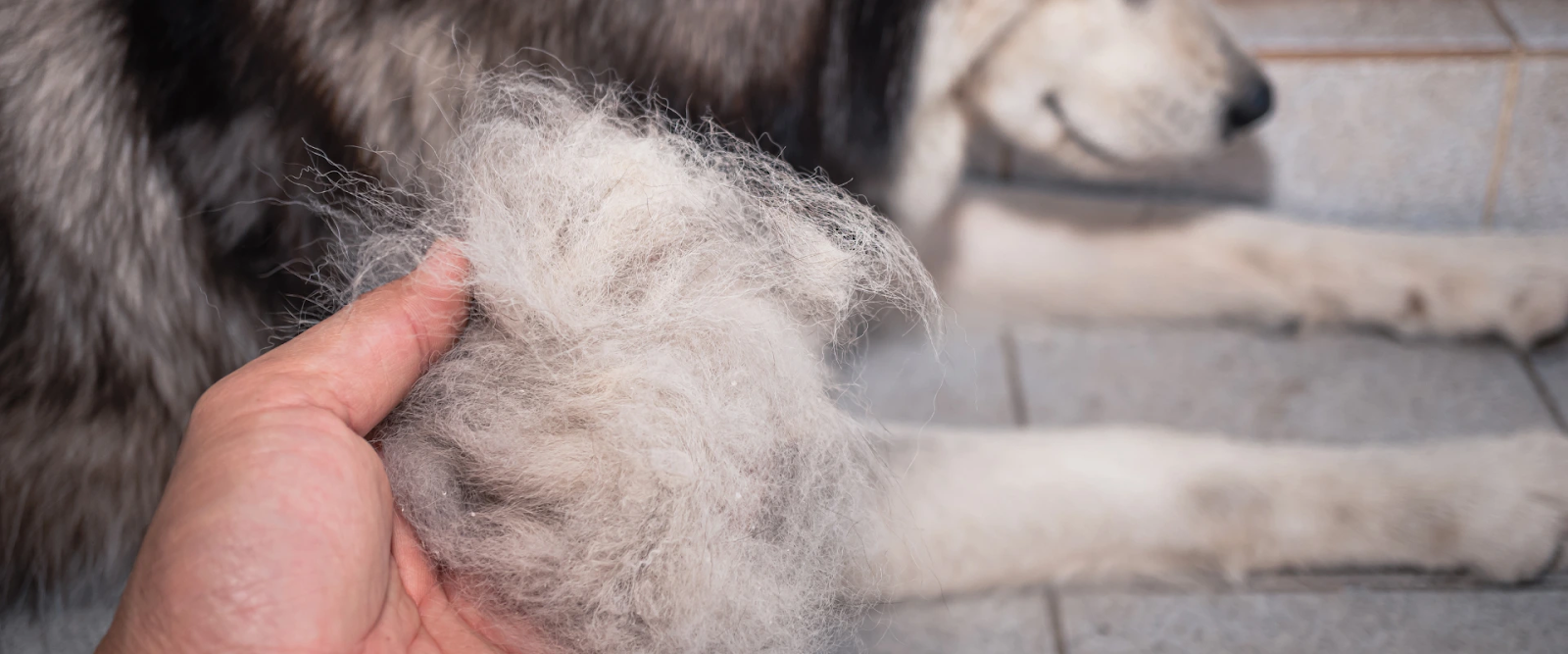
Home Management Strategies
Even with proper grooming and nutrition, you'll still need strategies to manage the fur that does make it into your home environment.
Invest in Quality Cleaning Tools
Having the right cleaning tools makes fur removal much easier:
- Lint rollers for quick furniture and clothing cleanup
- Rubber gloves that create static to attract pet hair
- Vacuum cleaners designed for pet hair with strong suction
- Microfiber cloths that trap fur effectively
Create Fur-Free Zones
Designate certain areas of your home as pet-free zones, such as bedrooms or formal living areas. This gives you spaces where you don't have to constantly battle pet hair.
Use washable furniture covers in areas where your dog spends time. These can be easily removed and cleaned, protecting your furniture from fur buildup.
Regular Cleaning Schedule
Establish a routine for managing pet hair around your home:
- Vacuum high-traffic areas daily.
- Wash pet bedding weekly in hot water.
- Wipe down furniture with microfiber cloths regularly.
- Clean air filters monthly to prevent fur circulation.
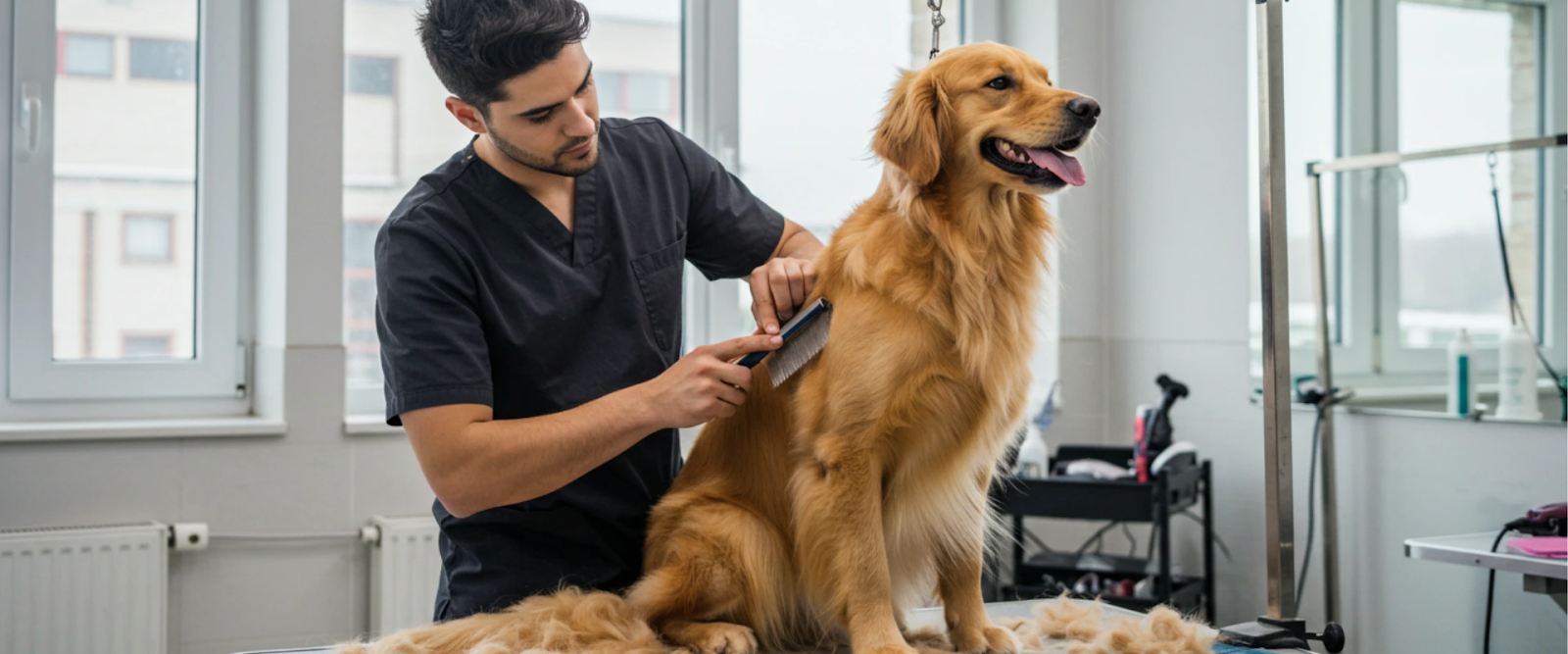
When to Seek Professional Help
While most shedding is normal, certain situations require professional intervention from either a groomer or veterinarian.
Excessive Shedding Warning Signs
Contact your veterinarian if you notice:
- Sudden increases in shedding
- Bald patches or thinning fur
- Red, irritated, or inflamed skin
- Scratching or biting at the skin
- Changes in appetite or behavior
These symptoms could indicate underlying health issues that need medical attention.
Professional Grooming Benefits
Regular professional grooming provides benefits beyond just reducing shedding:
- Early detection of skin problems
- Proper nail maintenance
- Ear cleaning and health checks
- Stress reduction through expert handling
- Access to professional-grade products and tools
Seasonal Shedding Management
Different seasons require adjusted approaches to shedding management, particularly during spring and fall coat changes.
- Spring Shedding Season
As temperatures warm, dogs shed their heavy winter coats. This period often produces the most dramatic amount of loose fur. Increase brushing frequency to daily sessions and consider scheduling professional de-shedding treatments.
- Fall Preparation
During fall, dogs shed their lighter summer coats to make room for winter growth. While typically less intense than spring shedding, this period still requires consistent grooming attention.
- Year-Round Maintenance
Indoor dogs may shed consistently throughout the year due to artificial lighting and climate control. Maintain regular grooming schedules regardless of season for these pets.
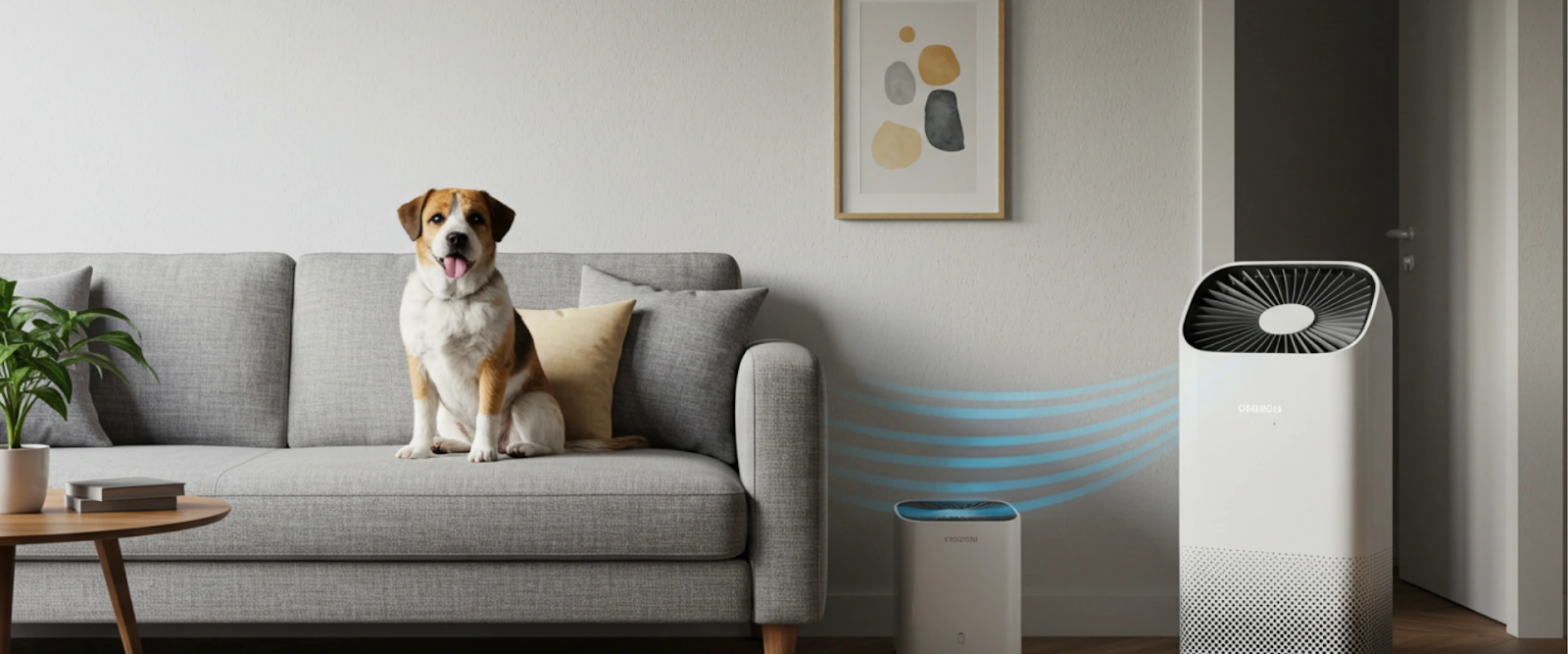
Making Shedding Management Work for You
Consistency is key when learning how to stop dog shedding effectively. Start with small, manageable changes and build upon your success. Creating a routine that works for both you and your dog will provide the best long-term results.
If you're struggling to manage your dog's shedding on your own, consider professional mobile grooming services. Happy Hounds Mobile Pet Grooming offers specialized de-shedding treatments and can help you develop a maintenance plan that works for your specific situation. Our mobile grooming services bring professional care directly to your doorstep, eliminating the stress of car rides and busy salon environments for both you and your pet.
Contact Happy Hounds Mobile Pet Grooming to schedule an appointment and discover how much easier shedding management can be with professional help delivered right to your home.
Frequently Asked Questions
How often should I brush my dog to reduce shedding?
Daily brushing provides the best results for most dogs, especially during shedding seasons. Short-haired dogs may only need brushing 2-3 times per week, while long-haired and double-coated breeds benefit from daily attention.
Can diet really affect how much my dog sheds?
Yes, nutrition plays a significant role in coat health and shedding patterns. Poor-quality diets lacking essential fatty acids and proteins can cause excessive shedding, while high-quality foods with proper nutrients promote healthy coats.
When should I be concerned about my dog's shedding?
Contact your veterinarian if you notice sudden changes in shedding patterns, bald patches, or skin irritation, or if your dog seems uncomfortable. These could indicate health issues requiring professional attention.
Do professional de-shedding treatments really work?
Professional treatments can remove up to 90% of loose undercoat in a single session using specialized tools and techniques not available for home use. Results typically last 4-6 weeks with proper maintenance.


